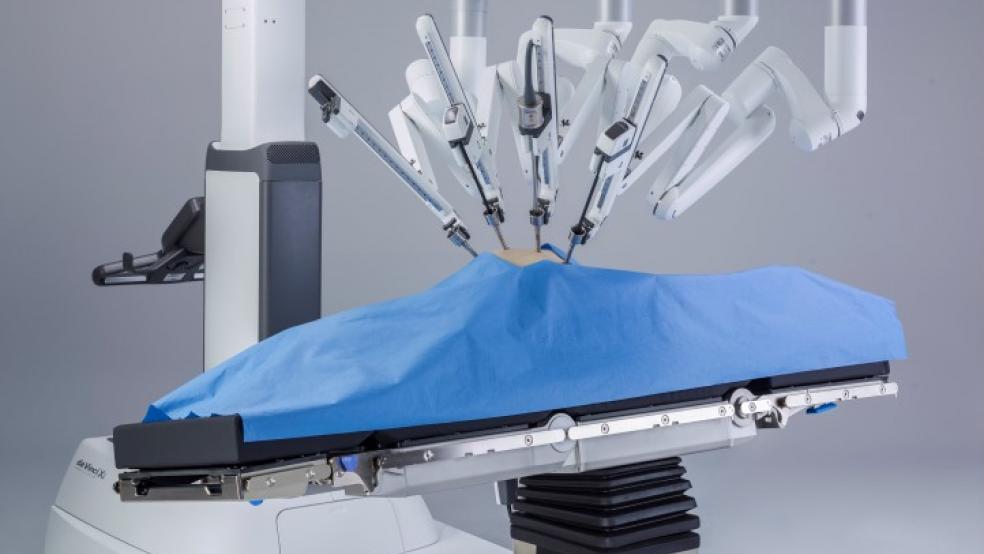Chicago – Surgical robots are expected to dominate a place in operating rooms around the world soon.
fWithin five years, one in three U.S. surgeries – more than double current levels – is expected to be performed with robotic systems, with surgeons sitting at computer consoles guiding mechanical arms. Companies developing new robots also plan to expand their use in India, China and other emerging markets.
Intuitive Surgical Inc, which has more than 3,600 of its da Vinci machines in hospitals worldwide said last week the number of procedures that used them jumped by 16 percent in the second quarter compared to a year earlier.
The anticipated future growth – and perceived weaknesses of the current generation of robots – is attracting deep-pocketed rivals, including Medtronic Inc and a startup backed by Johnson & Johnson and Google. Developers of the next wave aim to make the robots less expensive, more nimble and capable of performing more types of procedures, company executives and surgeons told Reuters.
Surgical robots are used in hernia repair, bariatric surgery, hysterectomies and the vast majority of prostate removals in the United States, according to Intuitive Surgical data.
Doctors say they reduce fatigue and give them greater precision. But robot-assisted surgery can take more of the surgeon’s time than traditional procedures, reducing the number of operations doctors can perform.
Dr. Dmitry Oleynikov, who heads a robotics task force for the Society of American Gastrointestinal and Endoscopic Surgeons says to gain an edge, new robots will need to outperform laparoscopic surgery.
Surgeons told Reuters they want robots to provide a way to feel the body’s tissue remotely, called haptic sensing, and better camera image quality
